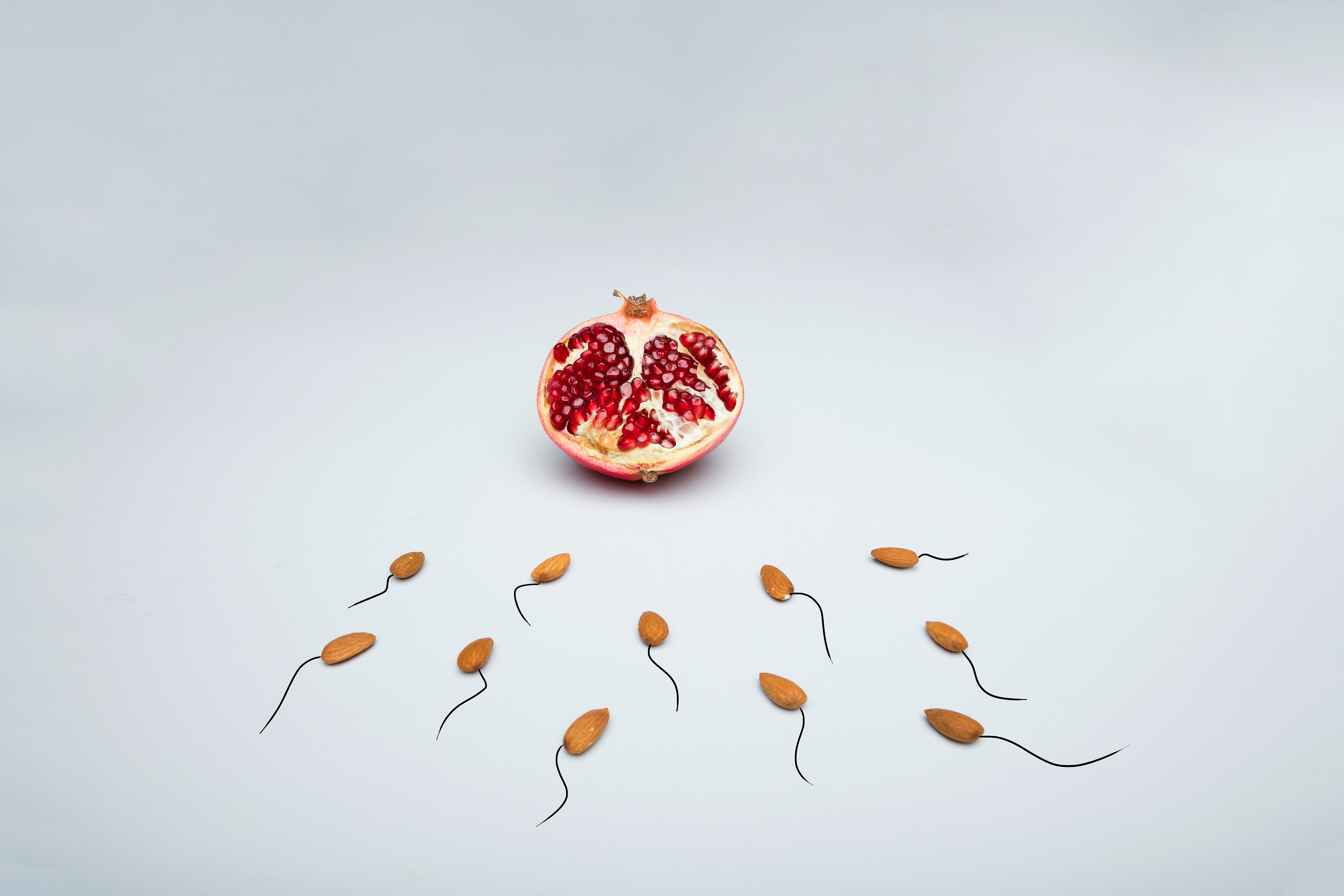Sep 11, 2024
Science News
Over the last 50 years, there has been a significant decline in semen quality and fertility, which researchers believe correlates with rising environmental stressors. Recent findings published in Nature Communications shed light on the effects of stress on sperm motility and respiration, both in human subjects and in a mouse model.
A study conducted with 34 men revealed that stress, measured by the Perceived Stress Score (PSS), increases sperm motility two to three months after exposure to stress. Using computer-assisted semen analysis (CASA), researchers observed significant increases in sperm velocities, including average path velocity (VAP), curvilinear velocity (VCL), and straight-line velocity (VSL), in men who had experienced stress three months prior.
In a parallel mouse model, stress exposure led to substantial changes at the cellular level, particularly in sperm's mitochondrial respiration. Epididymal epithelial cells, responsible for sperm maturation, secreted extracellular vesicles (EVs) that increased sperm mitochondrial activity and motility after stress exposure. These findings suggest that stress communicates its effects to sperm via a complex cellular signaling pathway, altering energy requirements and affecting overall reproductive health.
This research highlights a translational time-dependent signaling mechanism that could play a role in the decline of male fertility worldwide, offering potential avenues for therapeutic intervention.
By understanding the cellular and molecular changes caused by stress, scientists can work toward developing treatments that may mitigate stress's detrimental effects on reproductive functions.
360h.io
At 360/Health, we understand how critical it is to monitor your overall health, including the often-overlooked aspects like reproductive wellness. By bringing all your health data into one place—whether from wearables, lab results, or doctor visits—360/Health can help you track the impact of stress and other factors on your well-being.
Read the full article here
